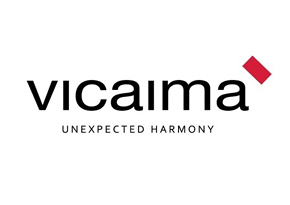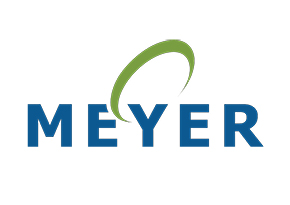Andiroba
Latin name: Carapa guianensis
Also known as: crabwood (Guyana), krappa (Surinam), tangare (Ecuador)
Wood Type:
Hardwood
Durability:
Slightly durable
Treatability:
Difficult
Moisture Movement:
Medium
Density (mean, Kg/m³):
640
Texture:
Medium to coarse
Availability:
Limited availability at specialist timber merchant
Price:
Medium
Use(s):
Furniture, Flooring
Colour(s):
Reddish brown

Environmental
Not listed in CITES. Believed available from well-managed sources. Check certification status with suppliers.
Distribution
Occurs in Guyana, Surinam, French Guiana, Colombia, the overflow delta lands of the Orinoco in Venezuela, Peru, and is very abundant in the Amazon flood plains in the States of Para and Amazonas of Brazil. It is also found in the West Indies and Central America.
The tree
The tree is evergreen, 30.0m or more high, with a diameter of 1.0m although on good sites larger trees occur. The tree is straight and of good form, with boles 9.0m to 27.0m long, according to site conditions, above the short buttresses or swollen bases. The trees grow rapidly and reach felling size in Guyana in about 25 years in the marsh forests, around 30 to 35 years in the mora forests, and in about 40 to 60 years in the hill forests.
The timber
Andiroba is closely related to the mahoganies (Swietenia and Khaya), and resembles mahogany and some grades of cedar (Cedrela) in colour, general appearance, and technical properties, but lacks the high lustre and attractive figure present in the better grades of mahogany. The heartwood is a light salmon or pale pink to reddish-brown when freshly cut, becoming reddish-brown to brown when dry. The general colour is somewhat darker than mahogany because of the accumulated dark-coloured gum in the vessels.The sapwood is pinkish at first, turning pale brown or greyish, often with brown or black flecks when dry. It is not sharply defined from the heartwood, and is 25mm to 50mm wide.The grain is usually straight, but interlocked grain and occasional fiddleback mottle occurs in larger logs.
The texture varies from coarse to fine, but is mostly medium in texture. There is some variability in texture, weight, hardness, and colour, according to site conditions; wood from swamplands is softer, lighter in colour, more coarse, often woolly, and floats high in water, indicating lighter weight, while wood from hillsides is darker, has interlocked grain, is heavier and denser, but wood from the same site and even the same tree may vary in colour. Ripple marks occur sporadically in the denser tissue.The weight of the wood varies from 576 to 736 kg/m³ but on average is considered to be about 640 kg/m³ when dried.
Drying
Andiroba dries rather slowly with a tendency to distort and split. The wood varies considerably in its rate of shrinkage when dried from the green state, the ratio of tangential to radial shrinkage being relatively high, indicating non-uniform shrinkage in these two directions, and suggesting extreme care isessential in the initial drying process. The movement value however of the wood in service compares favourably with Honduras mahogany, and quite well with African mahogany.
Strength
The mechanical properties of andiroba vary according to density and to some extent with the source of the material. Princes Risborough Laboratory rated air dry wood about 30 per cent stronger in bending and resistance to suddenly applied loads, about 40 per cent more resistant to splitting, 50 per cent stiffer, and about 60 per cent harder on the side grain than Honduras mahogany, while Yale University rated the wood superior to mahogany (Swietenia) in all properties other than work to, maximum load and shear.
Working qualities
Medium - More difficult to machine than mahogany, but can be worked quite easily with machines and hand tools. It has good planing, moulding, shaping, turning, mortising, sanding, and boring properties. Straight grained material machines smoothly, but quarter-sawn stock is apt to pluck out when wavy grain is present. A cutting angle of 1 5° is helpful in reducing the amount of sanding sometimes needed to obtain a smooth finish. Although tending to split when nailed, it holds screws better than Honduras mahogany. It glues well, and takes all kinds of finishing treatments very well but softer varieties require the use of filler. It peels well for veneer, but logs have a distinct tendency to split at the ends causing a certain amount of loss.
Suppliers |
|
|---|---|
International Timber
|
|
Suppliers |
|
|---|---|
International Timber
|
|



















